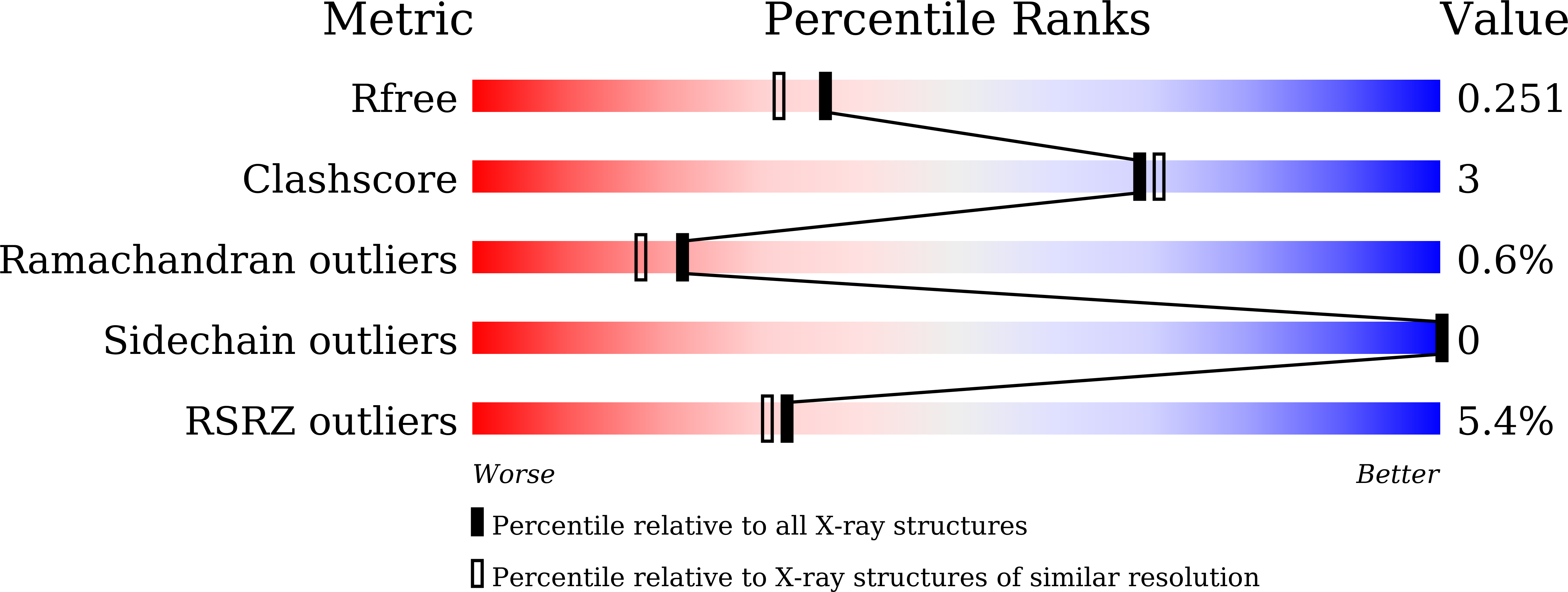
Deposition Date
2024-01-25
Release Date
2025-01-29
Last Version Date
2025-06-25
Entry Detail
PDB ID:
8Y1Y
Keywords:
Title:
Crystal structure of the Mcl-1 in complex with a long BH3 peptide of BAK
Biological Source:
Source Organism:
Homo sapiens (Taxon ID: 9606)
Host Organism:
Method Details:
Experimental Method:
Resolution:
2.01 Å
R-Value Free:
0.25
R-Value Work:
0.20
R-Value Observed:
0.21
Space Group:
P 21 21 21


